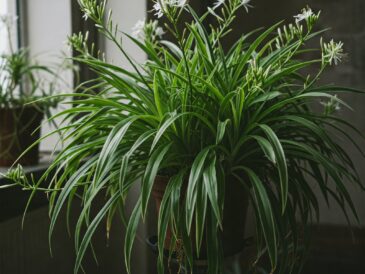Cold stratification is a technique gardeners use to mimic the natural process seeds undergo during winter to break dormancy and germinate in spring. This method is essential for many perennials, trees, and shrubs with hard or protective seed coatings. If you’re new to gardening or seeking better success rates for germination, understanding cold stratification is a game-changer.
What Is Cold Stratification?
In nature, seeds fall to the ground and endure the freezing temperatures of winter before they sprout. The cold breaks down chemical inhibitors within the seed, signaling that it’s safe to grow when spring arrives. Cold stratification replicates this process, ensuring the seeds germinate more reliably and consistently.
6 Ways to Cold Stratify Seeds
Here are six effective methods to cold stratify seeds at home:
1. Refrigerator Method
- How to do it:
- Place seeds in a damp paper towel, fold it, and seal it in a plastic bag.
- Label the bag with the seed name and the start date.
- Store it in the refrigerator (not the freezer) for the required period (typically 4-12 weeks).
- Best for: Small seeds like milkweed, echinacea, and lupines.
2. Soil Method
- How to do it:
- Fill a small container with moist potting soil or sand.
- Bury the seeds about 1/4 inch deep.
- Cover and store the container in the refrigerator or an unheated garage.
- Best for: Seeds that need soil contact to break dormancy, such as lavender or wildflowers.
3. Outdoor Pot Method
- How to do it:
- Sow seeds in pots filled with soil in late fall.
- Leave the pots outdoors exposed to winter weather.
- Cover with a light layer of mulch to prevent soil erosion.
- Best for: Hardy seeds like peonies and columbines.
4. Stratification in Freezing Conditions
- How to do it:
- For seeds requiring freeze-thaw cycles, place them in a sealed bag with moist sand.
- Leave the bag outside in a shaded area during winter.
- Best for: Seeds like stratified tree nuts and berries.
5. Use of Cold Frames
- How to do it:
- Sow seeds in a cold frame during late autumn.
- The enclosed environment will expose seeds to natural winter conditions while offering some protection.
- Best for: Larger seeds or those requiring prolonged exposure, such as foxglove or delphinium.
6. Stratification Using the Freezer (For Short Cycles)
- How to do it:
- For seeds requiring shorter cold periods, store them in a sealed bag with moist sand in the freezer for 2-4 weeks.
- Best for: Quick-germinating seeds like parsley or dill.
36 Plants That Need Stratification
Many plants require cold stratification to germinate successfully. Here’s a list of common ones:
TO CONTINUE READING THE ARTICLE SEE PAGE 2




